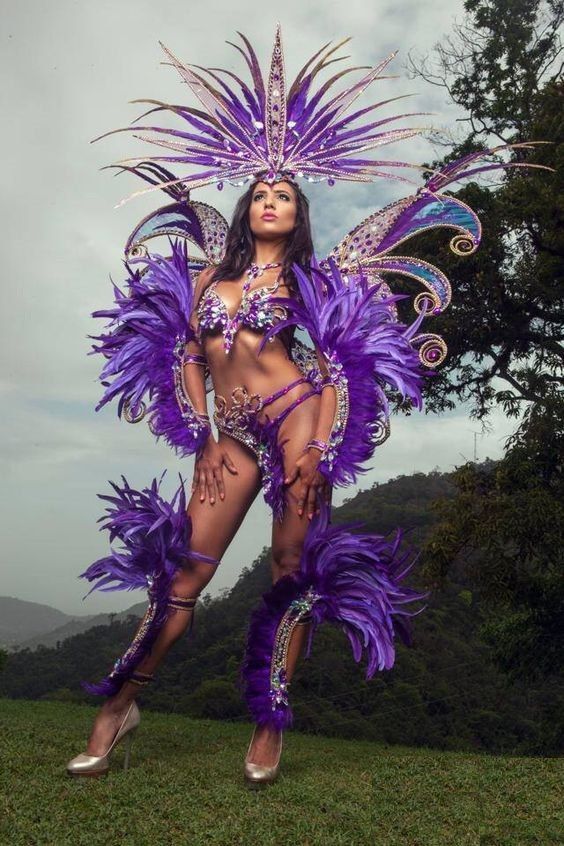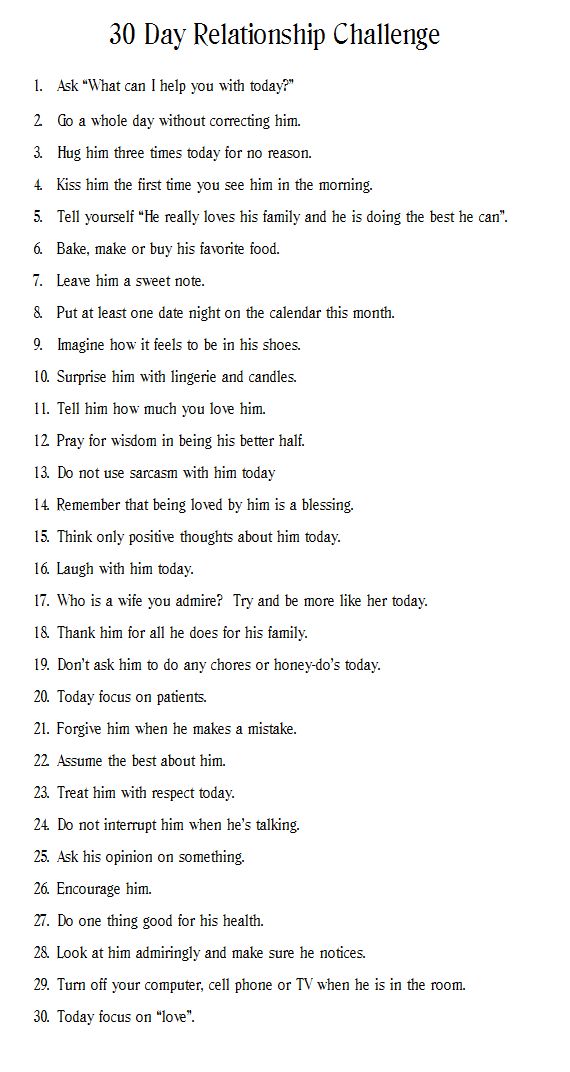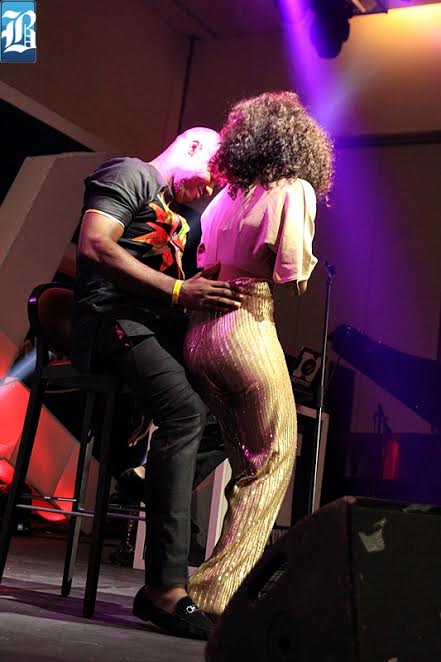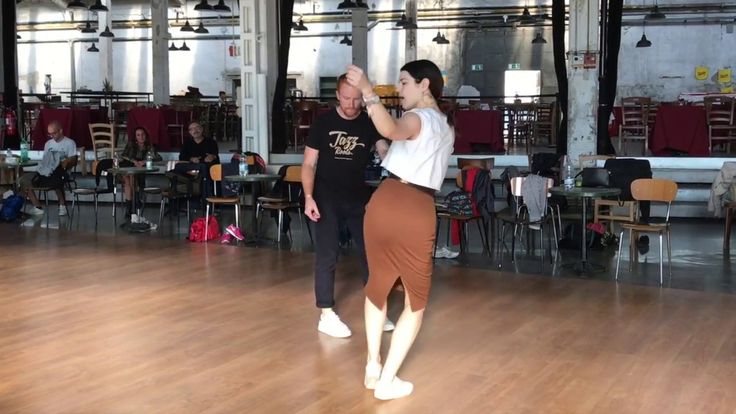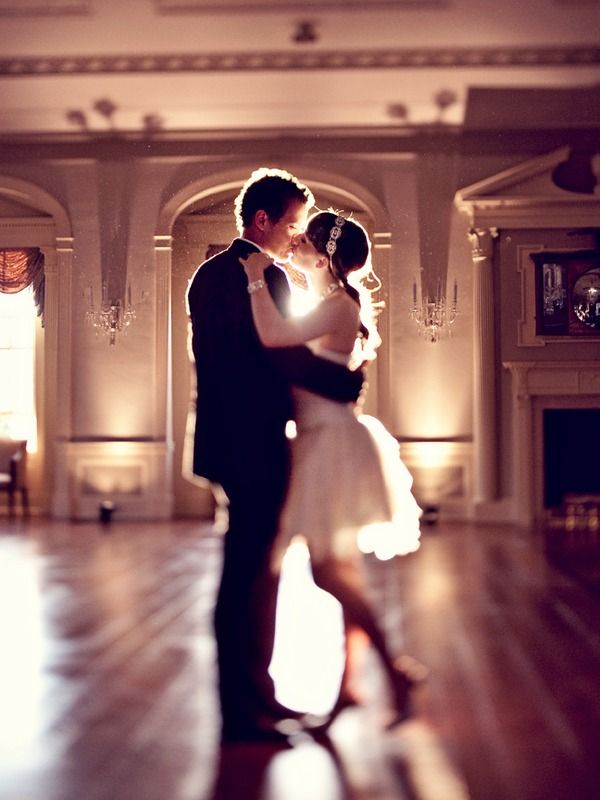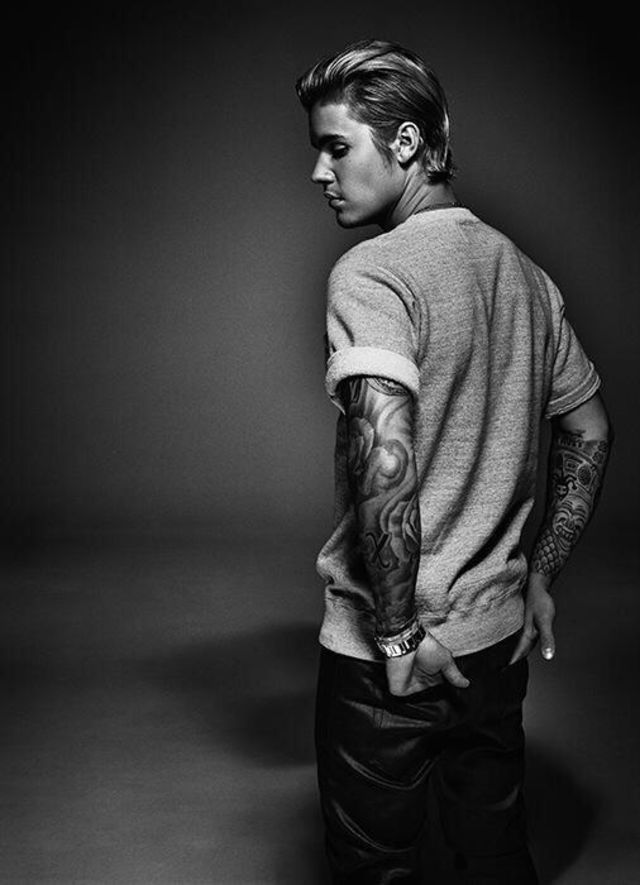How to become a carnival dancer
Samba Dancer at Rio Carnival
You’d have to be living under a rock to not know about Rio Carnival. The world’s largest party is a sensory overload full of beats, dance, sun, performance and revelry as hot and vivid as any Brazilian’s bare backside (and you’re likely to see a few).
But, did you know that you could step into the shoes (or crazy feathered boots or whatever they may be) and experience Rio Carnival as it is meant to be – as a Samba dancer in the main parade of the celebration?
Yes, you can embrace your inner samba god or goddess and party hard alongside some of the most spectacular of human specimens in their pageant finery.
But, first have a squiz at this guide to joining the ranks of a performer at Rio Carnival. It’s no mean feat and requires some preparation (best get started now).
Book your flights/tour
You’ll need to start early with your travel preparations if you want to secure your place as a Samba dancer in next year’s Rio Carnival. Accommodation books out quickly at the biggest party in the world.
The Sunday and Monday of the festival are the highlights of the event.
This is when the Samba schools (that you can join with for the parade) will perform in the purpose built facility called the Sambadrome. You’ll need to organise accommodation nearby and transport to and from the Sambodrome on the Sunday or Monday.
You will need to buy tickets to the parade to secure your entry with many seating options available for your friends or to enjoy the rest of the spectacle.
Buy a costume
Buying a costume is a pretty thrilling part of the whole experience. You can really let yourself go and decide to become anything from Medusa to Beethoven. Costumes rang in price but you should be able to find something to meet your budget.
If all things fail, simply think: feathers, feathers, and more feathers. Really, you could probably rock up in a G-string, holding some maracas and be covered in glitter and you’d pass.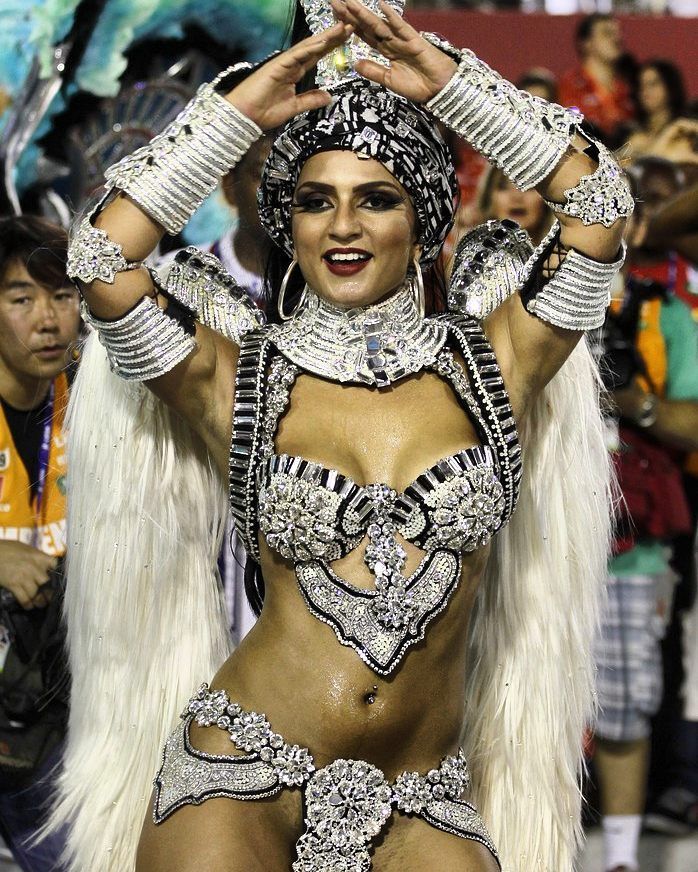 However, if you really want to impress buying an authentic costume is a good idea. It is advised to buy your costume online and well in advance. Remember, drag queens do plan all year round – so you are up against some pretty stiff competition.
However, if you really want to impress buying an authentic costume is a good idea. It is advised to buy your costume online and well in advance. Remember, drag queens do plan all year round – so you are up against some pretty stiff competition.
You can view costumes at http://www.riocostumes.com/
This could be you, dancing in Brazil!
Contact a Samba School and listen to and learn your samba songs
You’ll need to contact a Samba school to be a part of a parade. Make sure you find out what songs they will be using and try to get an idea of what it is all about. No one wants to see you flapping your feathers about without a clue as to what it is going on.
You can download Samba songs here.
For more information on contacting a Samba school and participating in a parade visit the official Rio Carnival website.
Learn how to dance a little and get fit
Well, that should be pretty damn fit if you want to take it seriously at all. A lot of dancers actually get injured in competition.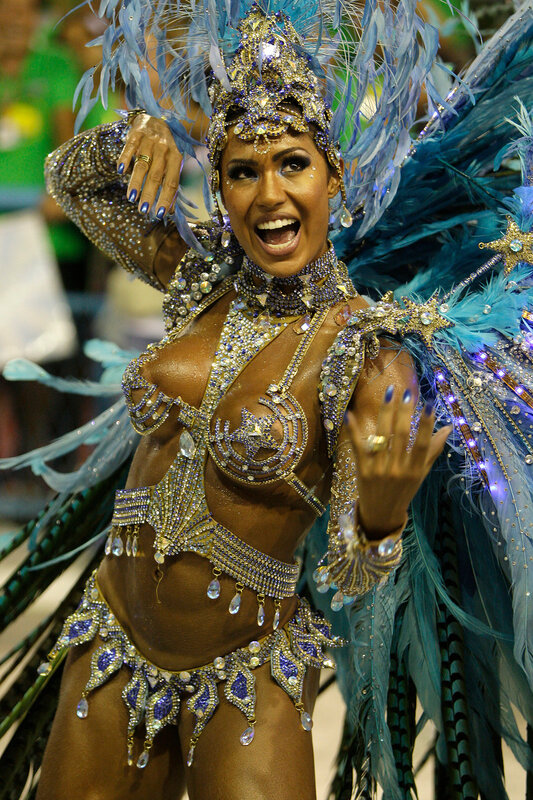 They really bring their game. Be prepared to “shake your boom boom” al la Ricky Martin. Samba is a Brazilian dance with an African influence. It would be wise to attend a couple of classes in your local area in preparation.
They really bring their game. Be prepared to “shake your boom boom” al la Ricky Martin. Samba is a Brazilian dance with an African influence. It would be wise to attend a couple of classes in your local area in preparation.
Get ready to party hard (whilst observing etiquette)
Yes! Get amongst it. But, do remember to follow parade etiquette. That means don’t get to intoxicated – as you can easily be kicked out of the parade and venue. To be in the parade is a manic explosion for the senses. But, the point is that you have to keep you senses in the first place. Most importantly, enjoy it – jump on a float, sidle up to a Brazilian hottie – be prepared for the experience of a lifetime!
For an amazing Rio Carnival experience, check out our tours to Rio.
By Patricia Higgins, Australian journalist, copywriter and model/actor.
ACTIVITY & SPORTS HOSTS - Carnival Entertainment
ACTIVITY & SPORTS HOSTS - Carnival Entertainment - Carnival Cruise LinesWe are the life and soul of the party on every deck. Whether we're hosting a comedy show, bingo, trivia, or a deck party, Activity Hosts are always on the go and in the spotlight, using the entire ship as our stage. And from Sky Ride to Sky Course as Sports Staff we are bringing fun to new heights. Call us what you want—party starters, ambassadors of fun, ship influencers, front-line hosts for every guest—without us, Carnival would not be as fun.
Whether we're hosting a comedy show, bingo, trivia, or a deck party, Activity Hosts are always on the go and in the spotlight, using the entire ship as our stage. And from Sky Ride to Sky Course as Sports Staff we are bringing fun to new heights. Call us what you want—party starters, ambassadors of fun, ship influencers, front-line hosts for every guest—without us, Carnival would not be as fun.
Activity Hosts
Hosts DJ's
Sports Staff
What You'll Be Doing Onboard
- Deck and Theme Parties
- Activities
- Sports Staff
- Partnerships
- Deck and Theme Parties
Deck Parties
The ship is your stage to entertain our guests! As the party starters, you get our guests movin’ and groovin’ on deck.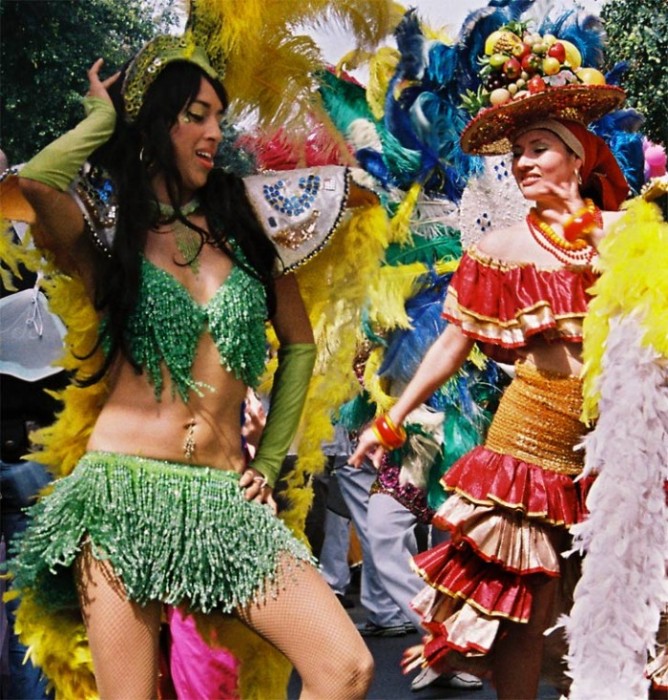
80s Rock and Glow
Join the team for a totally bodacious party with a rad ‘80s dance contest!
Groove for St. Jude
Do good, feel good, help some kids… And get GROOVY with our team!
Serenity Under the Stars
The encore to the deck parties. You’ll host a night under the stars to keep the party going!
Caribbean Sail Away Party
Join our team for the island music and to kick off the cruise, Caribbean style.
White Night
Come decked in white and get ready to dance through the decades with our guests!
As the ambassadors of all things FUN, you will lead a wide variety of activities onboard.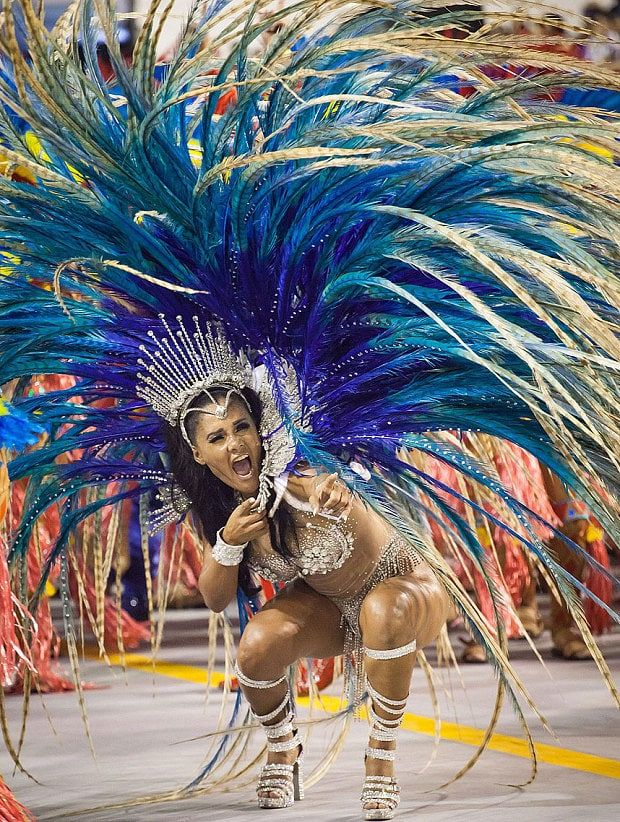
Below is just a few examples of the way that the Fun Squad brings the fun!
Being part of the Fun Squad team you will lead a multitude of FUN activities. From the front of the ship, to the back, and everywhere in-between you’ll be the life of the party.
Bingo
Host a Bingo session where our guests get a shot to win exciting prizes and extra cash!
Fun Squad Trivia and Games
Games here, games there, games everywhere! Our guests will always be entertained with all the FUN games our teams host throughout the ship.
High Seas Karaoke
Let’s hit it, karaoke-lovers! You’ll host the funnest Karaoke at sea with our guests!
Seuss-a-palooza
™ ParadeYou’ll get to know the Cat and all his friends when you bring the beloved Dr. Seuss® stories to life.
Seuss® stories to life.
Punchliner Comedy Club
Get the crowd in the mood to laugh as you host the Punchliner Comedy Club and introduce the funniest comedians at sea.
The Wave - Morning Show
Have you ever wanted to be on TV? Now you can! You will assist the Cruise Director on the Wave Morning Show that will be broadcast all over the ship.
Deal or No Deal
You’ll host one of the hottest game shows at sea where our guests play and deal for cash in a high-energy contest of nerves, instincts and intuition.
Love and Marriage Show
How well do our guests really know their better half? You will join your Cruise Director to host this hilarious show with questions and sometimes shocking answers.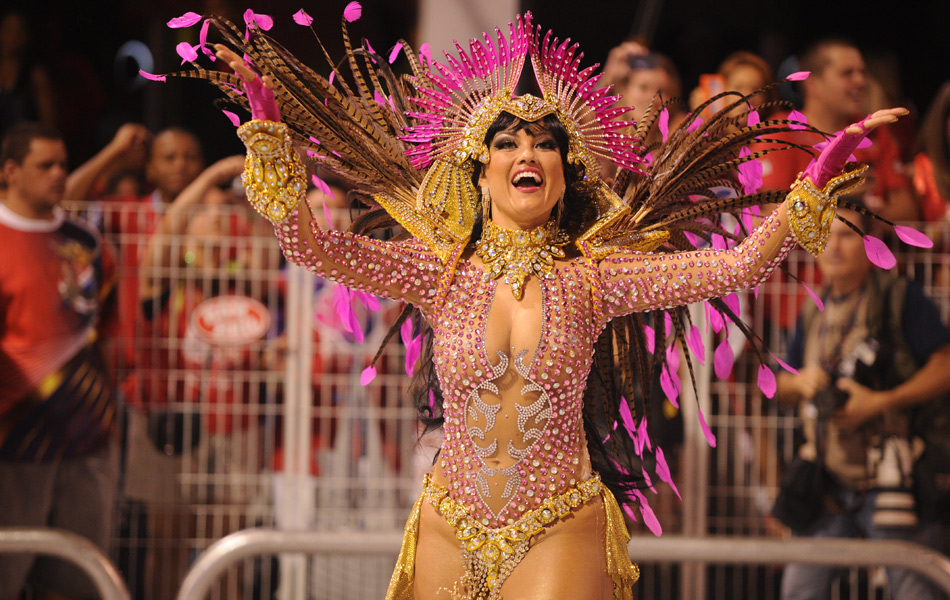
From our high ropes course to the basketball court our sports staff takes the FUN to every level!
Mini-Golf
Hole-in-one! Help get our gets ready to have a blast on our top deck mini-golf course.
Ropes Course
Fun seeker? Thrill seeker? Help our guests harness up as they test their skills on the world’s first high ropes course at sea, SkyCourse!
SkyRide
SkyRide zips safely on a suspended course in a pedal-powered go-mobile high above the deck and even higher above the sparkling blue sea. You’ll learn how to safely operate this exciting ride and help our guests soar!
Bolt Ultimate Sea Coaster
Get ready to set our guests off on an exhilarating, adrenaline-filled ride as they accelerate, twist and turn 187 feet above sea level around the ship’s funnel.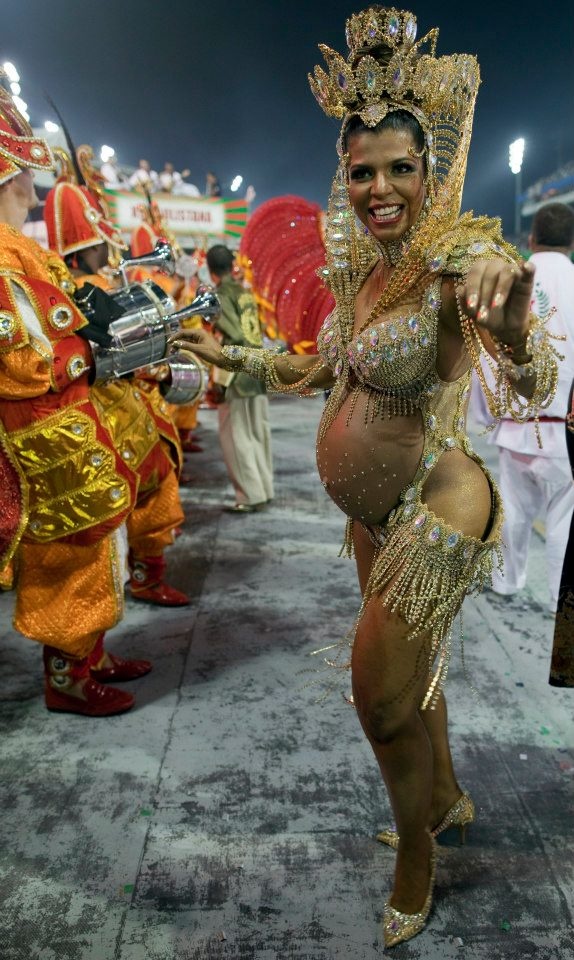
Sports Tournament
Whether it's dodge-ball, basketball or table tennis host a variety of unforgettable sports tournaments for our guests.
Sports Trivia
It’s time to help our guests get their game on! Our Sports Trivia tests our guests knowledge of, what else? Sports!
FUN OR CAREER?
choose both.
Frequently Asked Questions
Fun Squad & Sports team members report to the Cruise Director. Content Managers report directly to the Entertainment Director.
All FunSquad, Sports and Content Manager positions will be accommodated in a double-occupancy cabin which includes bunk beds, closet, desk, TV and bathroom (shower, sink, cabinet, toilet). The cabins also have plugs for charging electronics and reading lights over the beds. The cabin is cleaned every day (except embark day) by a member of the housekeeping team.
The cabin is cleaned every day (except embark day) by a member of the housekeeping team.
Your uniform will be provided to you onboard. It is your responsibility to keep it in presentable condition and to take it with you for future contracts. You will be responsible for providing your own red shoes and formal wear shoes.
Entertainment Team Members will be expected to attend various drills and onboard training and department meetings. You will also perform essential safety functions such as gangway crowd control and water shuttle operations.
No, but you will receive time off each day to relax and often extended time on port days to explore the ports of call.
VIEW ALL
The most important skills of a dancer: ailev — LiveJournal
I came across a video by Alexander "Dragon" Kuskov, where he expresses an opinion close to me about the necessary skills of a dancer --https://youtu.be/_OMctTXr5Cw. 1. Body control - isolation (say, the passage of a wave crest over an otherwise immobile body), fixation (for example, dimestopping)
2.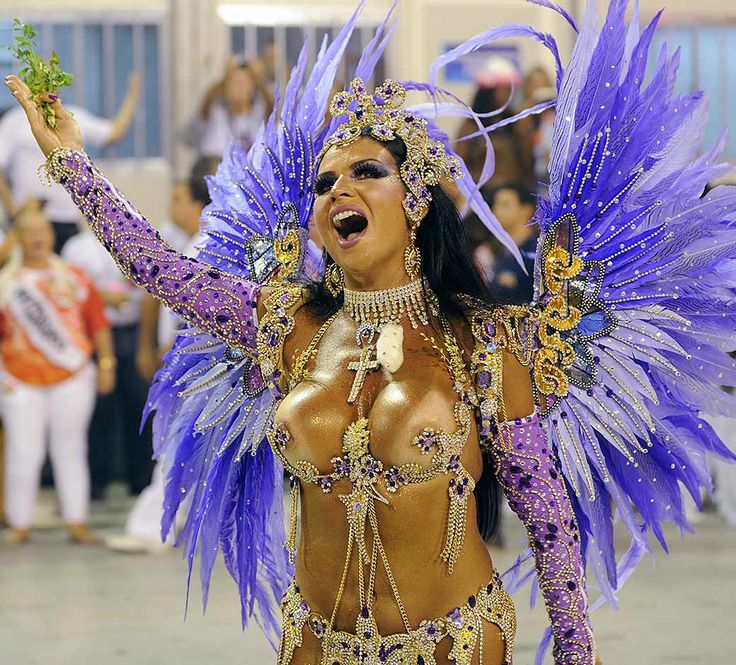 Plasticity and stretching (the ability to move in amplitude and air)
Plasticity and stretching (the ability to move in amplitude and air)
3. Dance "from music": energy from music
4. Speed control to make the music visible (in kizomba this is called musicality)
5. Principles of performance: basic ideas of dance (as in kizomba the main idea is the connection-disconnection of a pair without losing connection, so in wave it is to control attention to the body)
6. Improvisation: combinatorics, work with space, learn to improvise with simple movements
7. The skill of basic energy when you dance "from the inside" and not just "moving to the audience"
8. The ability to convey an idea when you dance (saturate the dance form with your mind).
Yes, I once told my students: you can randomly move your arms, body and legs, not to the music - but if you achieve that at least your head (or better, a head with shoulders) will be at the same time motionless relative to the floor, then the audience will have the complete impression that you are not having inept convulsions, but just such a dance. And for those who understood what I was talking about, everything turned out many times faster than for those who did not understand.
And for those who understood what I was talking about, everything turned out many times faster than for those who did not understand.
So in August I started to restore my skills as a dancer, primarily with body control - after all, over the past thirty years of non-dancing, I completely lost isolation and fixation. Once my body control was quite at the level (I danced the robot style in my youth, and not bad!), Then I restored the isolation more or less quickly.
Of course, without body control, no basic step in the same kizomba will work. In kizomba, the body must "swim" at a constant speed, the partner is led by a frame - and this "frame" (the working area between the arm and the body) must be reliably isolated from all other movements, especially the movements of the legs and head. This is what I paid some attention to - and all my success in kizomba (and I already sometimes manage to send partners into a trance in training) can only be explained by this. But with fixation, dimestopping - there are still huge problems here, the body does not obey. Here, take a look at how fixation occurs in urban kiz - partners constantly freeze no worse than robot style performers, only they also do it in pairs, absolutely synchronously, without losing connection, dancing JoJo and Mikaela: https://youtu .be/Q6U4hvpTFoE. These dime stops (instantaneous fading at full speed) I can’t do yet - the skill is slowly remembered, but not quickly and not completely. Well, I’m unlikely to have plastic with stretching at my 58 years old at least at some level - although in kizomba this is also necessary: the body is regularly twisted there, be healthy, and plastic footwork is needed in quantity.
Here, take a look at how fixation occurs in urban kiz - partners constantly freeze no worse than robot style performers, only they also do it in pairs, absolutely synchronously, without losing connection, dancing JoJo and Mikaela: https://youtu .be/Q6U4hvpTFoE. These dime stops (instantaneous fading at full speed) I can’t do yet - the skill is slowly remembered, but not quickly and not completely. Well, I’m unlikely to have plastic with stretching at my 58 years old at least at some level - although in kizomba this is also necessary: the body is regularly twisted there, be healthy, and plastic footwork is needed in quantity.
What's next? And then, on the basis of these skills, of course, it was necessary to learn the basics, which I honestly did for four months - exactly to the extent of restoring the body control skill and some kind of advancement in plasticity. Everything else, of course, is much easier for me.
* * *
Who has read up to this point - bonus about rebit. Rebita (aka massemba) is the predecessor of semba, who is the mother of kizomba. I wrote about rebitha in "where did kizomba come from" (http://ailev.livejournal.com/1319839.html):
Rebita (aka massemba) is the predecessor of semba, who is the mother of kizomba. I wrote about rebitha in "where did kizomba come from" (http://ailev.livejournal.com/1319839.html):
Rebita is a dance of jokes and jokes based on sex. As politically correct write in English sources, Known as umbigada, or “belly-bumping” in Portuguese, the dance is characterized by a hip thrust meant to mimic the act of procreation. But sex here is social, like a bonobo - the basis for spiritual pastime, jokes and relaxation. Watch the rebit/massemba video and you won't have any questions: https://www.youtube.com/watch?v=lKEySRc4-1k .youtube.com/watch?v=YVAfWS9ADgE), here is also quite frankly towards the end of the dance: https://www.youtube.com/watch?v=NhVo8lqY_AM, and here too: https://www.youtube.com/watch?v=URduBrGNxFc, and here it’s the other way around, grand and decent in a carnival way: https://www.youtube.com/watch?v=bpxONil9_mM and https://www.youtube.com/watch?v=Bzbe7BrtwwA.At the end of January, the rebit was placed in Russia - in St. Petersburg (https://vk.com/video175030_456239031):Or here: https://www.
youtube.com/watch?v=CAUbepspo80 - this is, by the way, Brazil. In Brazil, you can also find a rebita/massemba by the name Batuque de Umbigada -- https://www.youtube.com/watch?v=8M3BNcQnZsU, https://www.youtube.com/watch?v=Havd6FL0sdQ. But the rhythms are already diverging, the music is different. And the instruments get confused: dikanzu is called a river-river (https://vk.com/wall-6772219_2313).
As always in such cases, a remark was immediately received from the zealot of traditions Pedro Salakiako (https://vk.com /wall304031058_3134?reply=3138): "Of course it's fun, the guys did their best, but according to our tradition, the girl never gives or answers at the moment of massemba - the rebita is done by a man))) And the sound that is made at the moment of massemba does not come from touching the body, namely, kicking with an accent on the floor. In other ways, we also have the Angolan younger generation, those who dance not correctly, so people think that this is sex and a joke, although it is not, so it is also our fault .
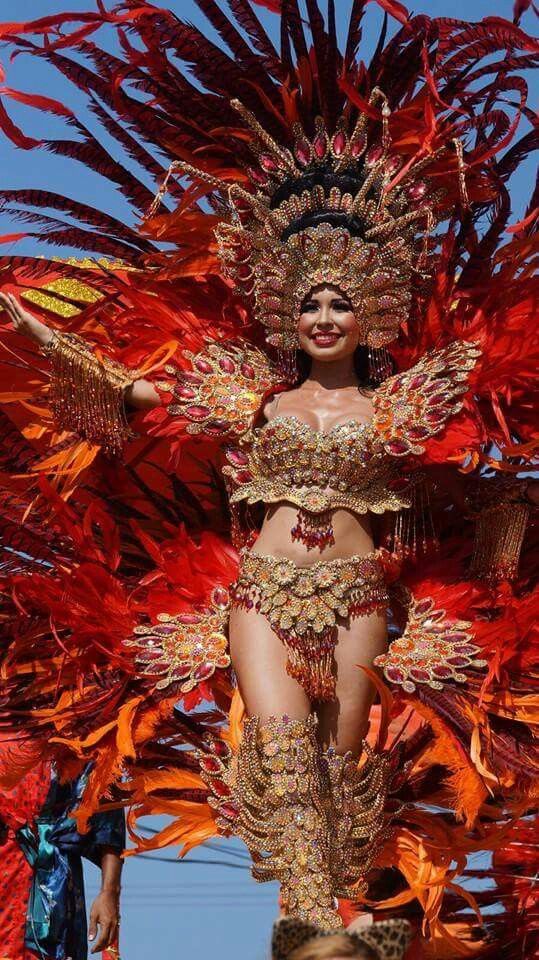 .. ".
.. ". My opinion here is this: if you want the dance to live, it needs to be modified. The show number was clearly not intended to achieve museum authenticity. As for museum authenticity, it is certain that in Angola, in different places, the massemba was completely different - and different "young generations", of course, understood (and will understand) this tradition in absolutely different ways. The language lives and changes, there are always dialects in it, and if the language suddenly becomes ossified (like, say, ancient Greek or Latin), then this is already post mortem. This applies to dance in full measure. While the rebita is being danced, adapted to the present (for example, as in the production under discussion they are mixed with kizomba - bypassing even the intermediate semba), the dance lives on. So, he already lives in Russia. And the jokes from it live on, including that same semba/umbigada/belly punch. Look, there is such a moment in the urban kiz video by JoJo and Michaela - and even behind the scenes at this moment, a giggle from the audience is heard, these are all dances of the same cultural root, although they are different beyond recognition!
Pedro Salaiiako, of course, "the guardian of the tradition" and "for the correct traditional names".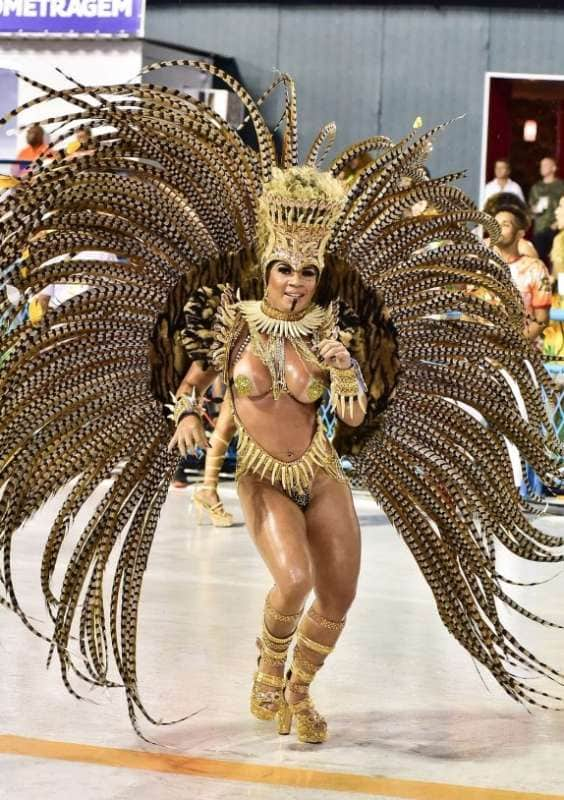 I left him a comment on this: https://vk.com/wall216279468_390. I just offered to accept that the word "kizomba" today means a lot of things besides traditional kizomba. Well, it means that those who want to point to traditional kizomba need to pronounce two words (traditional kizomba), and not all other people who use this word should refuse to use the word kizobma. As soon as the meaning of this word stops changing - that's it, it's time to dance to the museum of dead dances. In the meantime, the dance is alive and danced for pleasure, not to preserve tradition.
I left him a comment on this: https://vk.com/wall216279468_390. I just offered to accept that the word "kizomba" today means a lot of things besides traditional kizomba. Well, it means that those who want to point to traditional kizomba need to pronounce two words (traditional kizomba), and not all other people who use this word should refuse to use the word kizobma. As soon as the meaning of this word stops changing - that's it, it's time to dance to the museum of dead dances. In the meantime, the dance is alive and danced for pleasure, not to preserve tradition.
UPDATE: it turns out that Pedro is not only debating, but also deleting comments he doesn't like. Here is my comment, which he deleted from the thread, so his last answer is not even very clear:
1. Technical progress and dance have nothing to do with it, we are talking about terminology, the laws of the language - they are the same everywhere, even if we talk about sports ( let's say football in Europe and the USA are completely different footballs), even about technology, even about dancing, even about cooking.* * *The dispute is not about whether kizomba is urban kiz or not kizomba. Debate over what to call it. In my opinion, there is no problem: mathematicians are not confused when they call "geometry" or "logic" all variants of geometries or logics, and when they mean Riemann's geometry or some version of temporal logic. It is not clear why in dance this approach is embarrassing.
There is another approach, "copyright" - when the Xerox firm swears that someone says "I have a canon-type copier." But I repeat: the language develops according to its own laws, and all that can be done here is to educate. People will not stop calling copiers copiers because the trademark belongs to some company. In the case of dances and their names, the very concept of "belonging" is blurred.
It seems to me that there is no particular problem here if you are engaged in education - just as you can tell people about the photocopier and canon where these words came from, and what they meant before and how they are used now, you can do the same about dance.
Yes, there is little information in Russian about the history of kizomba and semba. For example, I tried to make my contribution to this enlightenment:
http://ailev.livejournal.com/1319839.html2. I didn't follow the page before, I found it only a few days ago. Now I will follow
At the same time I found out that Pedro Salakiako teaches semba two minutes walk from my house, and exactly in the same hall where I do kizomba, just on other days -- https://vk. com/club116766661. It’s already itching to go to semba too: I think semba music is much more pleasant than kizomba music (it smacks of pop music much less, closer to world music), and the dance itself is fun - and that says it all. But: 1. where to take all this time? 2. Semba requires serious physical abilities. And I'm clearly not an athlete.
You can watch and listen to semba in quantity at https://vk.com/gingaa
where to study, salary, pros and cons
Author: Professional Guide
Updated by
Dancer is a person of art who performs rhythmic movements to music, taking part in theatrical performances, shows.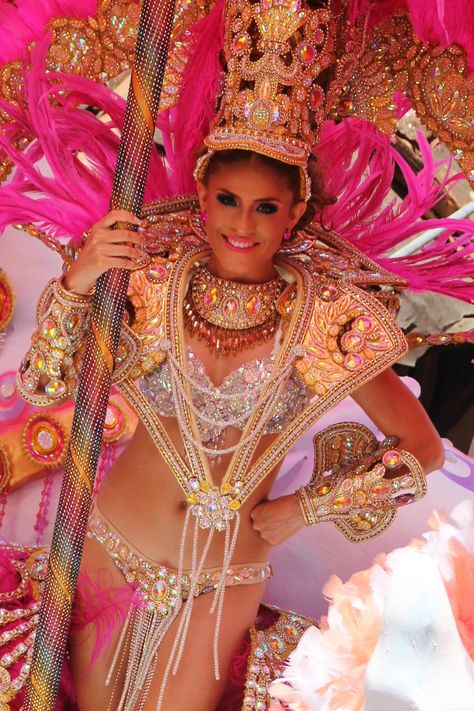 The profession belongs to the type “a person is an artistic image”, it requires excellent self-discipline and, of course, talent. Children who distinguish literature, physical education, music and singing from all school subjects can become dancers. By the way, the ProfGid career guidance center has recently developed an accurate career guidance test that will tell you which professions suit you, give an opinion about your personality type and intelligence.
The profession belongs to the type “a person is an artistic image”, it requires excellent self-discipline and, of course, talent. Children who distinguish literature, physical education, music and singing from all school subjects can become dancers. By the way, the ProfGid career guidance center has recently developed an accurate career guidance test that will tell you which professions suit you, give an opinion about your personality type and intelligence.
Content:
- Short description
- Profession Features
- Pros and cons of profession
- Plus
- Bessions
- Important Personal Personables
- Universities
- Universities Bitter
- Best colleges and academies for dancers
- Best universities
- Jobs
- Salary
- Dancer salary as of October 2022
- Professional knowledge
- Famous dancers
- Examples of companies with vacancies as a dancer
Brief description
This profession has a rich history and is closely associated with the arts.
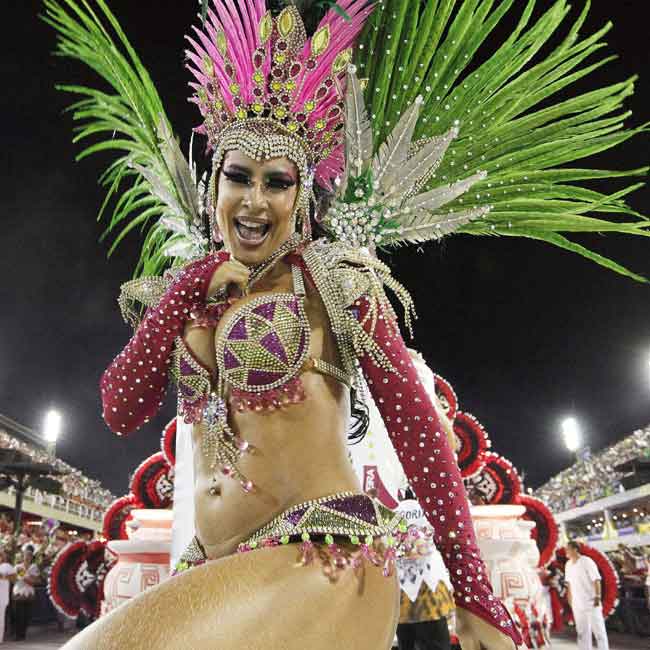 However, the success of dancers by more than 50% depends on dedication, endurance, self-discipline. A specialist can work independently, performing solo choreographic numbers, it is also worth highlighting pair and collective dances. There are a lot of types and techniques of this art direction:
However, the success of dancers by more than 50% depends on dedication, endurance, self-discipline. A specialist can work independently, performing solo choreographic numbers, it is also worth highlighting pair and collective dances. There are a lot of types and techniques of this art direction: - ballet;
- pop and folk dance;
- historical dance and others.
See also:
Also distinguish styles such as street jazz, hip-hop, R'n'B, contemporary dance, street dance, etc. Dancers choose the style and type of performing arts based on their physical abilities, temperament, personal preferences. On stage, they create artistic images, convey emotions, making the hearts of the audience tremble.
Features of the profession
Anyone can become a professional dancer, but it is worth starting training in childhood. Choreographers recommend sending children to dance studios at the age of 3-7, which will allow them to develop good posture, plasticity, stretching, a sense of rhythm and other skills necessary for professional performance.
 Dancers most often work in 1-2 overlapping styles, they pay special attention to training and rehearsals, maintaining excellent physical shape. A career is short, because its peak is at the age of 15-25 years, and after 30 years, most specialists change their field of activity. They can realize their talent and knowledge in other areas, working as directors, choreographers, school teachers.
Dancers most often work in 1-2 overlapping styles, they pay special attention to training and rehearsals, maintaining excellent physical shape. A career is short, because its peak is at the age of 15-25 years, and after 30 years, most specialists change their field of activity. They can realize their talent and knowledge in other areas, working as directors, choreographers, school teachers. Dancers independently or under the guidance of a choreographer create performances: choice of music, sequence and rhythm of movements, costumes and image, facial expressions, plasticity. Before performing the dance, they rehearse for a long time, honing their skills. Many members of this profession often travel around their native country and travel abroad, where they give concerts. The activity is associated with certain difficulties, which leaves an imprint on the lifestyle and character of the dancer.
Pros and cons of the profession
Pros
- Excellent physical development, because dancing strengthens the body and willpower.
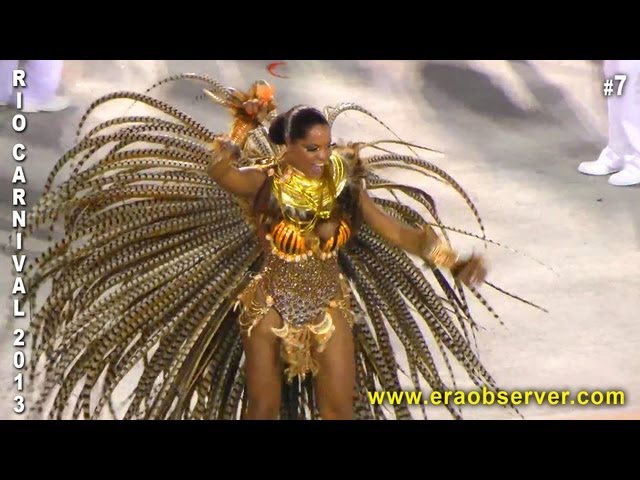
- Opportunity to work on the best stages.
- Talented dancers quickly achieve success.
- The profession is interesting, active and ambitious people will like it.
- Opportunity to earn income from various sources, because dancers work alone or in pairs, can take part in private productions, star in music videos.
- Useful business connections in the world of art.
- The opportunity to change the field of activity, because dancers often open schools, give private lessons, work as choreographers - the choice of directions is huge.
Cons
- High injury rate.
- Serious injuries can put an end to a professional career.
- Short career period.
- Very high competition.
See also:
Important personal qualities
Dancers have excellent plasticity, but in this profession not only technical performance is important, but also emotionality. The dancers convey the idea of the performance with the help of movements, facial expressions, so they must be distinguished by well-developed artistry.
 Increased efficiency, resistance to physical stress and low pain threshold are very important, because rehearsals and performances often end with sprains, dislocations and other minor injuries. Only those people who do not suffer from laziness, negligence, and excessive self-confidence ascend to the pinnacle of success.
Increased efficiency, resistance to physical stress and low pain threshold are very important, because rehearsals and performances often end with sprains, dislocations and other minor injuries. Only those people who do not suffer from laziness, negligence, and excessive self-confidence ascend to the pinnacle of success. Training as a dancer
Professional education can be obtained in various institutions:
- schools and academies of choreography;
- dance studios;
- colleges;
- universities.
There are no special requirements for the education of a dancer, the level of his skill is determined during choreographic tests. It is worth starting training at a young age in order to reach a professional level. Let's consider the most interesting directions:
- "The art of dance (by type)", implemented in choreographic colleges and schools. You can start training after grades 7-9, which depends on the requirements of the college;
- The Art of Ballet.
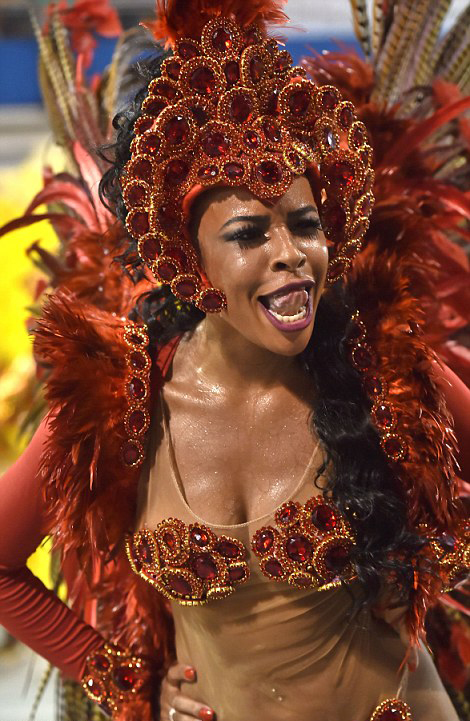 The direction of training is open in many creative colleges, studio schools, academies. Children who have completed the 4th grade of the school are invited to study.
The direction of training is open in many creative colleges, studio schools, academies. Children who have completed the 4th grade of the school are invited to study.
You can also go to study at a university, choosing a specialty related to choreography, folk dance and other areas. Primary training can be obtained in public and private schools of choreographic art, during individual lessons.
Universities
-
4 years
90,000 ₽/year
12 budget places
-
4 years
158,100 ₽/year
23 budget places
-
4 years
65,000 ₽/year
8 budget places
-
4 years
200,000 ₽/year
16 budget places
Best Primary Schools
- Dance Quarter School.
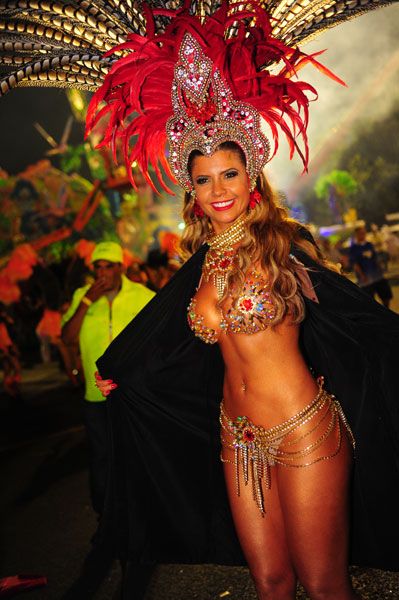
- School for children "Dancevaliya".
- State 27 Dance Studio.
Best colleges and academies for dancers
- ARB im. A. Ya. Vaganova.
- MGAH.
- Moscow art school at the Moscow State Academy of Theater Arts "Gzhel".
- School-studio (school) at GAANT them. I. Moiseeva.
- KMTI them. G. P. Vishnevskaya.
Best universities
- IPCC.
- GITIS-RATI.
- MGAH.
- ARB them. A. Ya. Vaganova.
- Russian State University A. N. Kosygin.
- ISI.
- UGAI.
- SPbGUP.
- AGIIK.
- KemGIK.
See also:
Place of work
Dancers are in demand in theaters, film industry and organization of holidays and events. They can work as teachers, find vacancies in nightclubs, private groups - there are many options for employment.
Salary
There is no exact tariff rate in this segment, because everything depends on the style in which the dancer works, personal qualities, education, reputation and experience.
